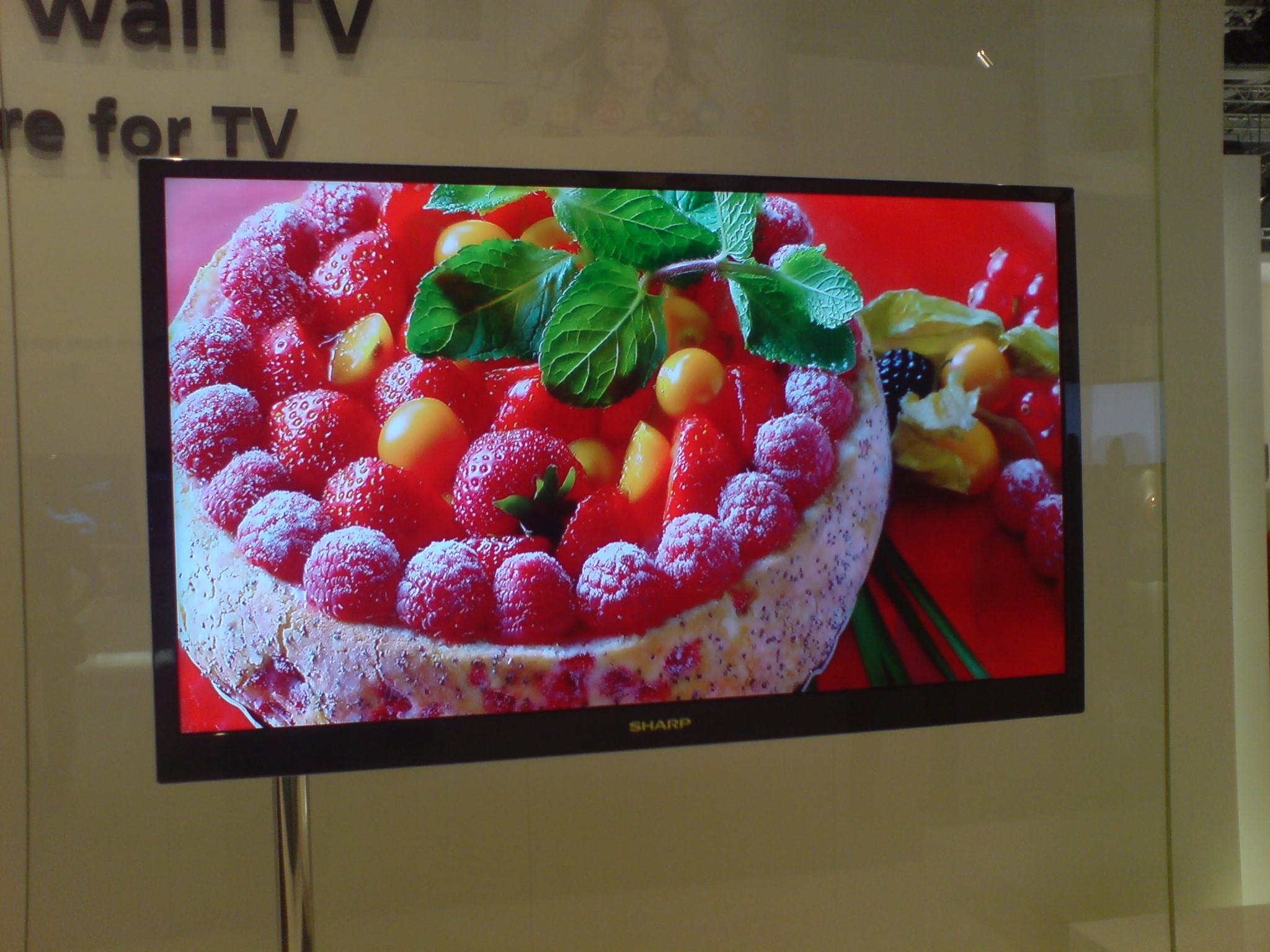Aussies to ban LCD and plasma TVs?
Power consumption worries Aussie environmentalists

LCD and plasma televisions could be banned from being sold in Australia as early as next year. The Digital CEnergy consultancy firm Down Under has recommended to the Aussie government that Plasma TVs be banned as early as next October, with LCD versions following suit in 2011.
The ban-plans have been made in response to concerns about the energy consumption of modern televisions spiralling out of control.
LCD and plasma ban?
With old cathode ray tube (CRT) TVs slowly being phased out in many countries, many of us have been splashing out on energy-intensive plasma and LCD models. In truth, all three TV types use around the same amount of power per square centimetre - the problem arises because we're now choosing bigger screen sizes with LCD and plasma than was possible with CRT technology before.
Many LCD and plasma TV makers are working hard to reduce the carbon footprint of their products. Samsung, Sharp, Sony and Panasonic are just some of the companies working to cut LCD power consumption, for example. Pioneer also had this to say back in September:
"It is obvious that large screen displays use more energy than their smaller equivalents, however it is incorrect and exaggerated to say that these large screens are energy inefficient. The energy required by the thee current technologies, CRT, LCD and PDP, is more or less the same.
"The energy required to light a surface of 1cm2 is almost the same for all types: 40-50mW/cm2. There is even a tendency for current CRT TV sets to consume more energy (60mWcm2) due to the 100Hz technology and the capability of displaying HD signals."
However the LCD TV makers like Sharp and Samsung have been working tirelessly to bring the energy consumption of their TVs down to a more environmentally friendly level.
Sign up for breaking news, reviews, opinion, top tech deals, and more.
Sharp's 8th generation LCD TVs, due next year, are said to be 50 per cent less power-hungry than current generation sets.

James was part of the TechRadar editorial team for eight years up until 2015 and now works in a senior position for TR's parent company Future. An experienced Content Director with a demonstrated history of working in the media production industry. Skilled in Search Engine Optimization (SEO), E-commerce Optimization, Journalism, Digital Marketing, and Social Media. James can do it all.